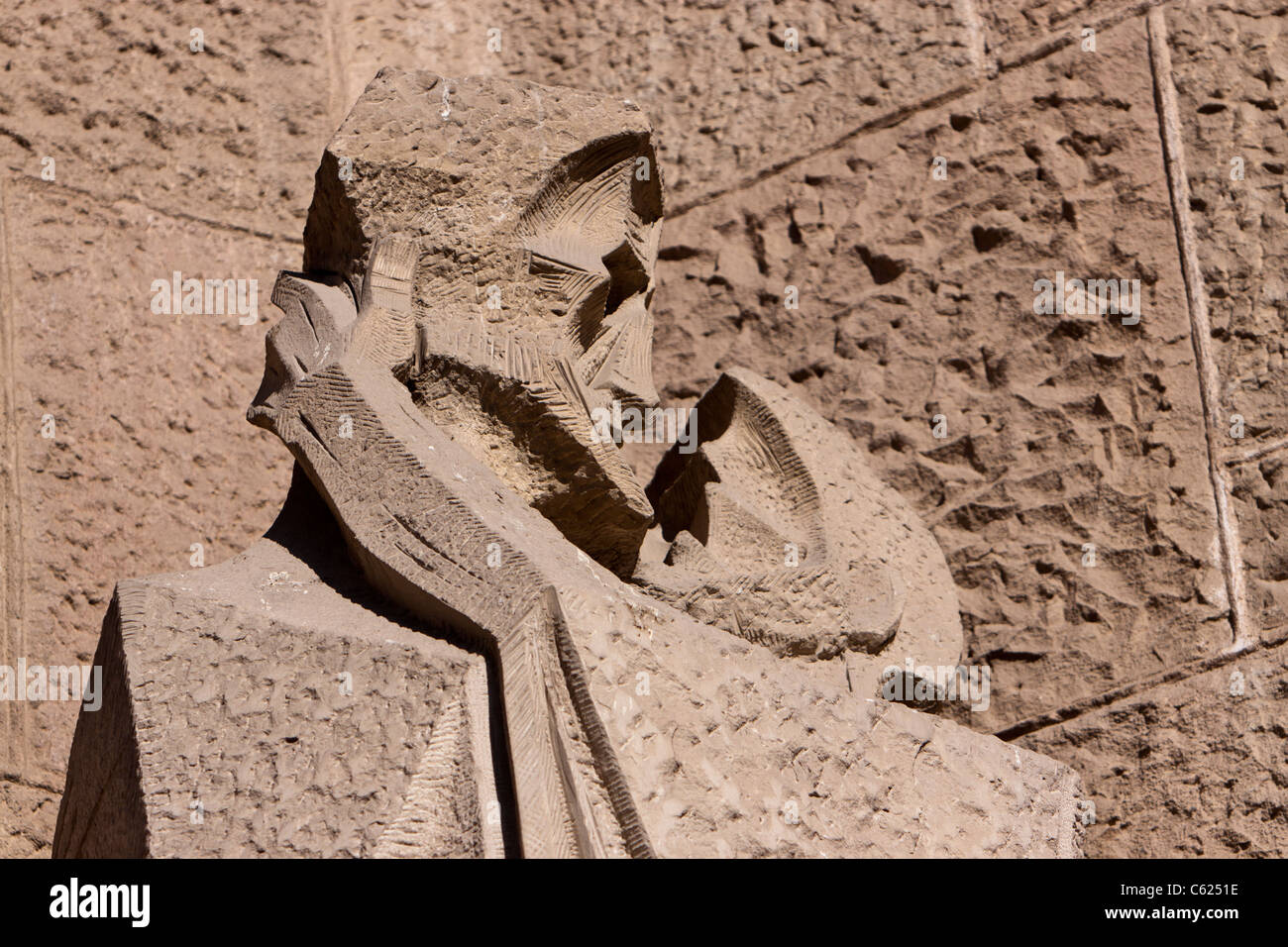La Sagrada Familia, Gaudi church architecture, Barcelona Catalunya. Spain Europe

Image details
Contributor:
Barcelona Photo / Alamy Stock PhotoImage ID:
C6251EFile size:
48 MB (2.3 MB Compressed download)Releases:
Model - no | Property - noDo I need a release?Dimensions:
5019 x 3346 px | 42.5 x 28.3 cm | 16.7 x 11.2 inches | 300dpiDate taken:
18 January 2009Location:
Barcelona Catalunya. Spain EuropeMore information:
The expiatory church of La Sagrada Família is a work on a grand scale which was begun on 19 March 1882 from a project by the diocesan architect Francisco de Paula del Villar (1828-1901). At the end of 1883 Gaudí was commissioned to carry on the works, a task which he did not abandon until his death in 1926. Since then different architects have continued the work after his original idea. The building is in the centre of Barcelona, and over the years it has become one of the most universal signs of identity of the city and the country. It is visited by millions of people every year and many more study its architectural and religious content. It has always been an expiatory church, which means that since the outset, 125 years ago now, it has been built from donations. Gaudí himself said: "The expiatory church of La Sagrada Família is made by the people and is mirrored in them. It is a work that is in the hands of God and the will of the people." The building is still going on and could be finished some time in the first third of the 21st century. The sculptures on the Passion façade stand out for their contrast with the background, free of ornaments and apparently composed of simple forms. In this way Gaudí wanted to symbolise the desolation, the pain and the death of Jesus Christ. From that idea, between 1986 and 2005 the sculptor Josep Maria Subirachs did the twelve stages of the Via Crucis. As is befitting, unlike the Nativity façade there are no references to the joy of life, such as the ornamentation of flowers and animals, and the representation of the feeling of the irreversible loss of death is heightened. This dramatic doorway shows the sacrifice made by Jesus for human beings. All the groups, laden with a strong symbology, are accompanied by different materials and designs that give a better understanding of the themes presented. Above this door rise the bell towers, where we can see the fruits of winter and autumn (the seasons of greatest darkness and cold i